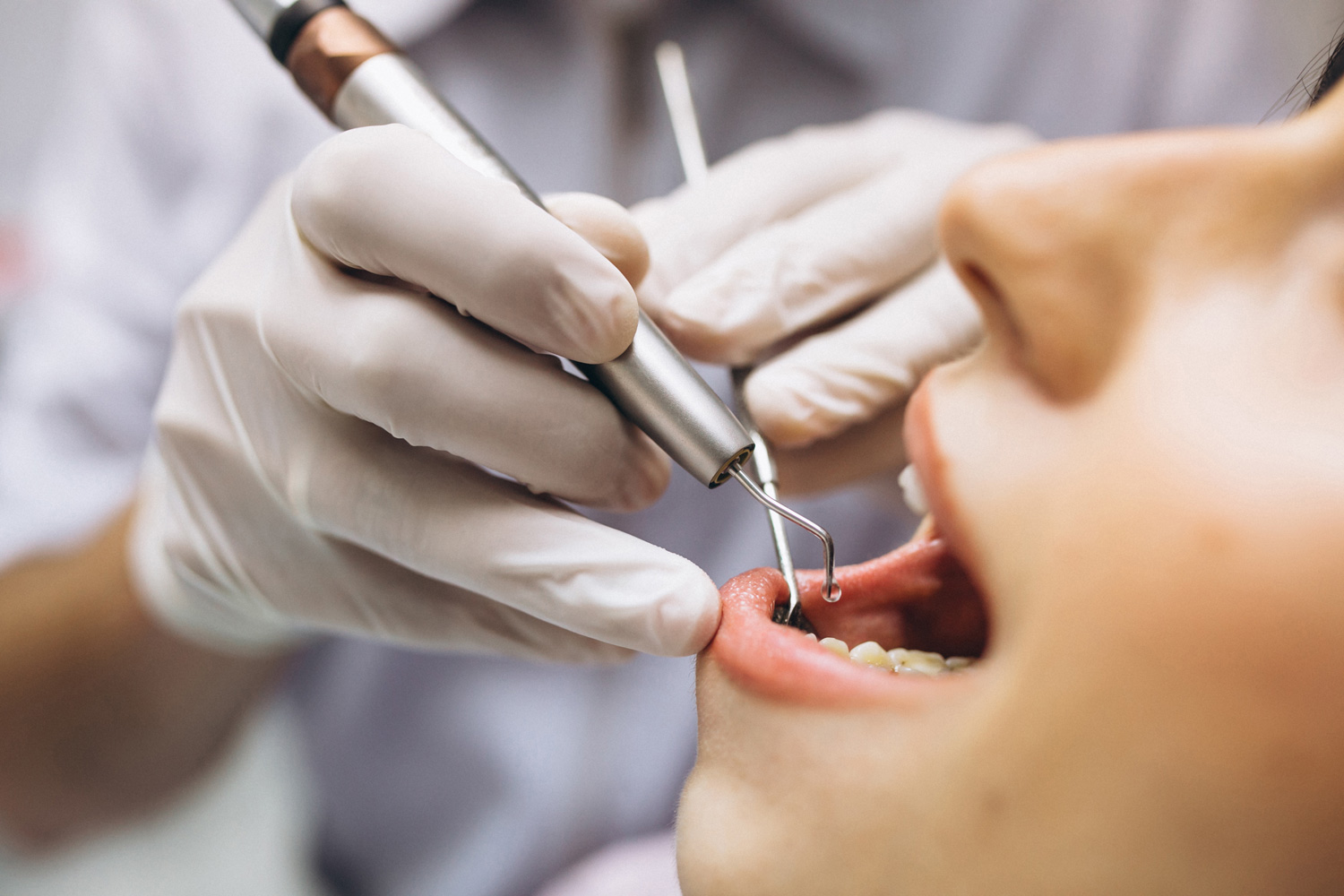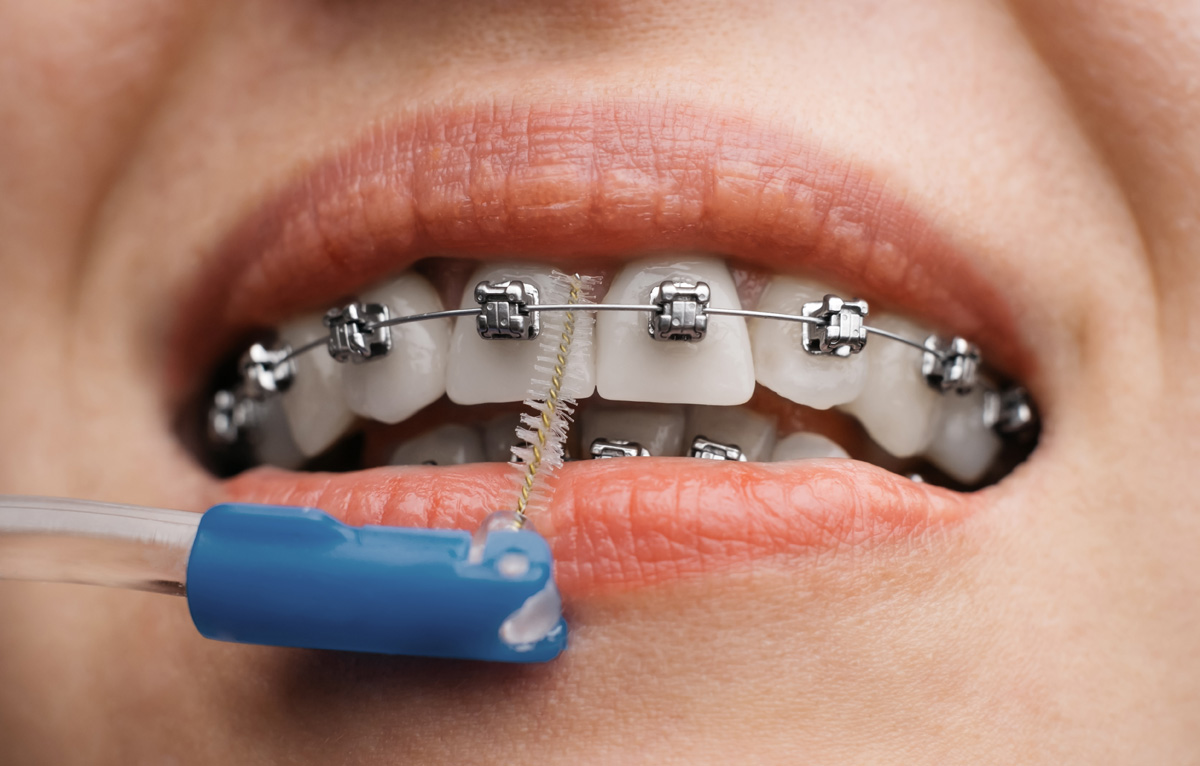In the Mixed Dentition Period, when the milk and permanent teeth are together in the dental arch, removable appliances are applied to prevent bad habits that will create orthodontic irregularities (thumb sucking, incorrect swallowing, etc.) or to widen the dental arch and make room for permanent teeth. At the age of 7-8, when the permanent incisors erupt, slight crowding in the front region, positional disorders of the incisors in the tooth row, and inverted bites called anterior or lateral crossbites are corrected with removable orthodontic appliances during this period and they can be prevented from turning into complicated irregularities.
- Genetic factors (discrepancy between tooth size and jaw size)
- Congenital anomalies (congenital missing or excessive teeth, cleft lip and palate)
- Bad habits and functions such as mouth breathing, thumb sucking, pencil biting, long-term use of pacifiers.
- Early extraction of baby teeth due to decay,
- Teeth grinding, teeth clenching, traumas due to falling and impact.
- If orthodontic treatment is not performed, gum health in the crowded area deteriorates, gingivitis characterized by swelling and bleeding, decay and bad breath occur.







